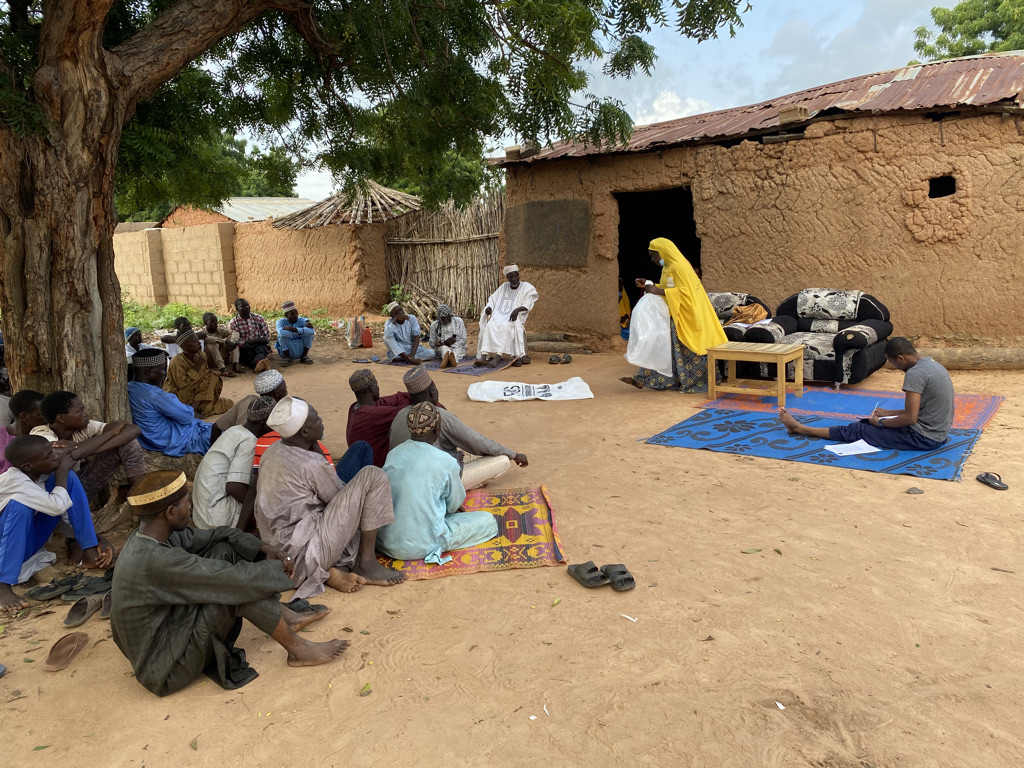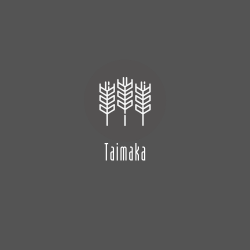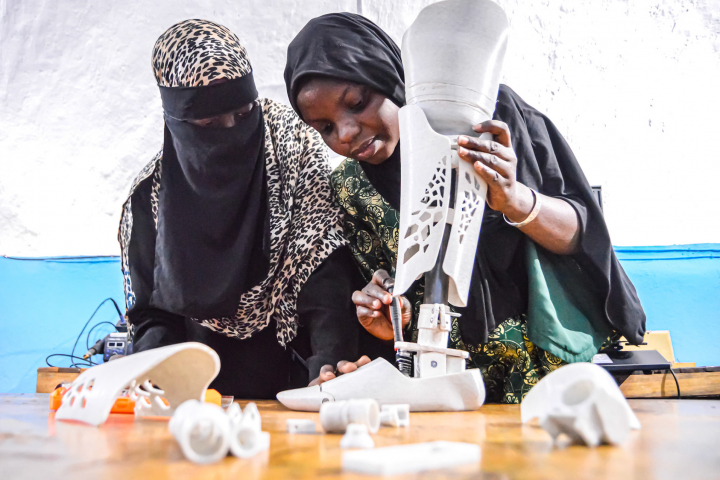The Taimaka Project: Cost-effectively tackling hunger and malnutrition

/ Leah Bridle, Center for Effective Global Action, U.C. Berkeley
-
TYPE OF GRANT:
Scaling -
FUNDING PERIOD:
2022- -
GEOGRAPHIC FOCUS:
Gombe State, Northeastern Nigeria
The problem
Gombe State in Nigeria (population of ~3M) has one of the highest rates of stunting and malnutrition for under-five children in the world, resulting in thousands of avoidable deaths each year. As a result of maternal malnutrition, low birthweight, poor feeding and care practices, unsafe drinking water, poverty, and above all, food insecurity, ~35,000 U5 kids in Gombe suffer from acute malnutrition. Yet, treatment is widely unavailable throughout the state.
One of the main causes of malnutrition is food insecurity. It is extremely high in rural communities with a single rain-fed farming season. Smallholder farmers are food secure right after the harvest, when food is cheap and plentiful. But as crop supplies dwindle due to premature sale and prices rise commensurately by an average of 66%, families struggle to put food on the table.
Solution
- Two randomized control trials in Kenya and Tanzania found that post-harvest loans generated a 29% to 40% return on investment to farmers. Given their cost of implementation, their best estimate is that post-harvest loans are ~ 2x as effective as an unconditional cash transfer at raising people’s incomes when they need it most: that is, when they would otherwise struggle with hunger.
- Likewise, a meta-analysis of dozens of studies on direct treatment of acute malnutrition suggests that it meets the WHO standard for “very cost-effective”, saving lives at a cost of <$3,000. By pairing direct treatment of malnutrition with post-harvest credit, Taimaka is able to reduce the cost of delivery by >20%. They are also collaborating with academics at the University of Florida to test new formulas for therapeutic foods which are 1/3rd the cost.
-
35,000annual cases of acute U5 malnutrition in Gombe state
-
945prevented deaths per year expected, if solution is scaled statewide
-
50k $of additional income for over 1,000 families generated so far

About the organization
The Taimaka Project is a US-based non-profit organization that was set up in 2019 by Parth Ahya, Muhammad Uba, Justin Graham, and Abubakar Umar. Their mission is to cost-effectively save and improve the lives of the world’s poorest people. That mission led to an initial focus on post-harvest credit and storage, a well-evidenced program to raise incomes and combat seasonal hunger in rural communities. Over three years, Taimaka has delivered post-harvest loans to 1,000+ families, generating over $50,000 in additional income for the poorest households. The organization won acclaim from Founders Pledge, which recommends it as an early-stage charity; USAID, which funded Taimaka through its Feed the Future program; and the D-Prize, which Taimaka won. The Center for Effective Global Action at U.C. Berkeley and Innovations for Poverty Action commended the organization's commitment to evidence-based impact. In 2022, on the heels of a successful pilot, partnering with the Gombe State government to treat <100 kids with moderate acute malnutrition, Taimaka is launching a medium scale pilot directly treating 2,700 cases of severe and moderate acute malnutrition.
